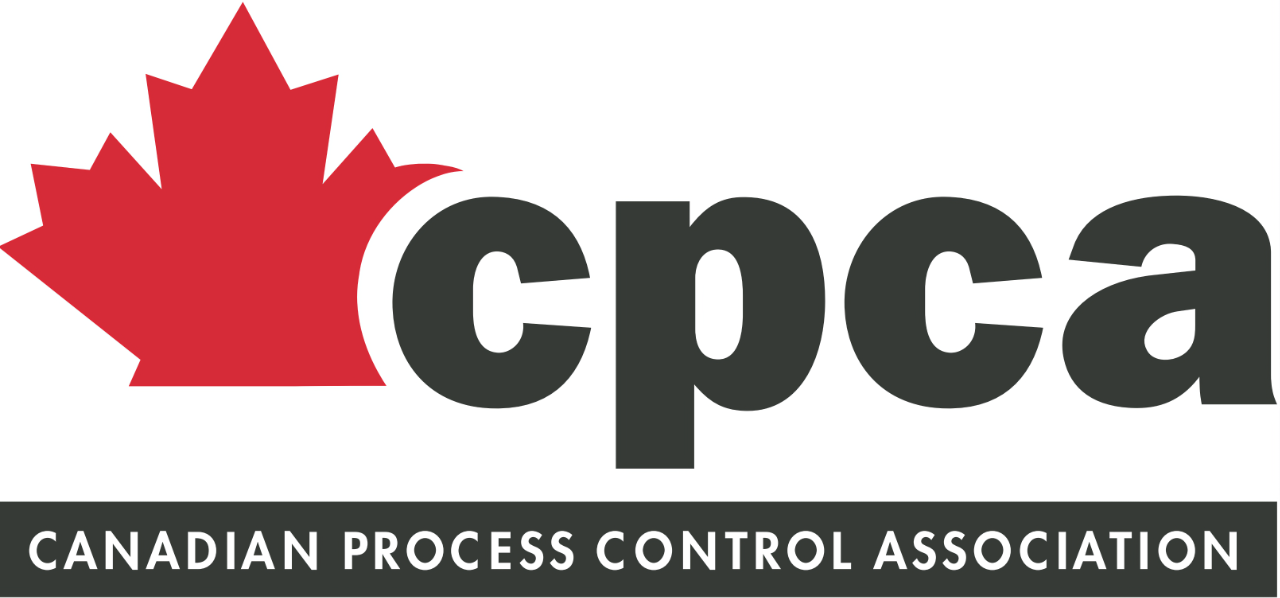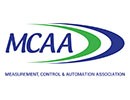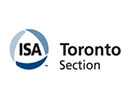Filtration – a Lower Price is Never the Answer
Author: Clive King
Published: June 2014
We are all very aware of initiatives to potentially achieve savings and improve our bottom line results. In many cases, the perception is that a lower price will result in savings; this is not the case in the area of filtration. Consider one filter with a unit cost of $15 verses another at $30, yet the filter costing $30 provides superior performance results to that of the $15 filter. This performance could be realized in terms of:
- Improved retention/removal of debris (contaminant) in the process flow stream.
- Increased throughput (volume filtered) or a safety benefit of operator exposure by reducing the number of filter changes.
- The cost of filtration operation.
In order to optimize a new or an existing system, one must really understand what is trying to be achieved in the filtration operation. The more information regarding the operating parameters will be useful in selecting the best offering for the application. It may require some work to gather the information, but it will certainly help in the selection. When faced with the task of designing a system, one should work with a company that will undertake to pay attention to the operating conditions and make the recommendation with confidence.
Typical data required would be:
- Fluid to be filtered (liquid/gas): It is important to know the nature of the fluid to be filtered to ensure that the fluid is compatible with the material of construction of the filter media.
- Service: continuous or batch? Knowing if the operation is continuous or batch will ensure that the system is sized correctly and not undersized to process a batch, and sized to ensure that the life of the filter is maximized for the longest useful life in continuous service.
- Flow rate: This is important so as to size the filter to accommodate the required flow rate. The flow rate is paramount as the useful life of a filter is significantly affected by the flow rate. The lower the flow rate will translate to increased service life.
- Operating pressure: The operating pressure will dictate the rating of the housing (filter holder) and ensure safety of the system.
- Temperature: To insure that the limitation of the filter is not exceeded.
- Reason for filtering: What purpose does the filter serve? It is very important to understand the reason for filtering a given fluid. The most common is for removal of unwanted debris, other reasons may be for protection of downstream equipment.
- Contaminant: Nature of contaminant (hard or deformable). This will indicate the type of media (depth/surface) to use for the application.
In many cases, experience with similar applications can be referenced. This will assure the user that the recommendation will in fact be suitable. In the event that a given application cannot be referenced, a possible path to a recommendation would be testing to provide comfort to the user that the recommended system will meet the customer expectations. When considering a supplier of equipment to meet your filtration needs, one should always consider the company they choose to work with, fully understand the scope of the requirements. The primary concern should never be price. The concern in actual fact should be the cost of filtration and how the savings are realized.









